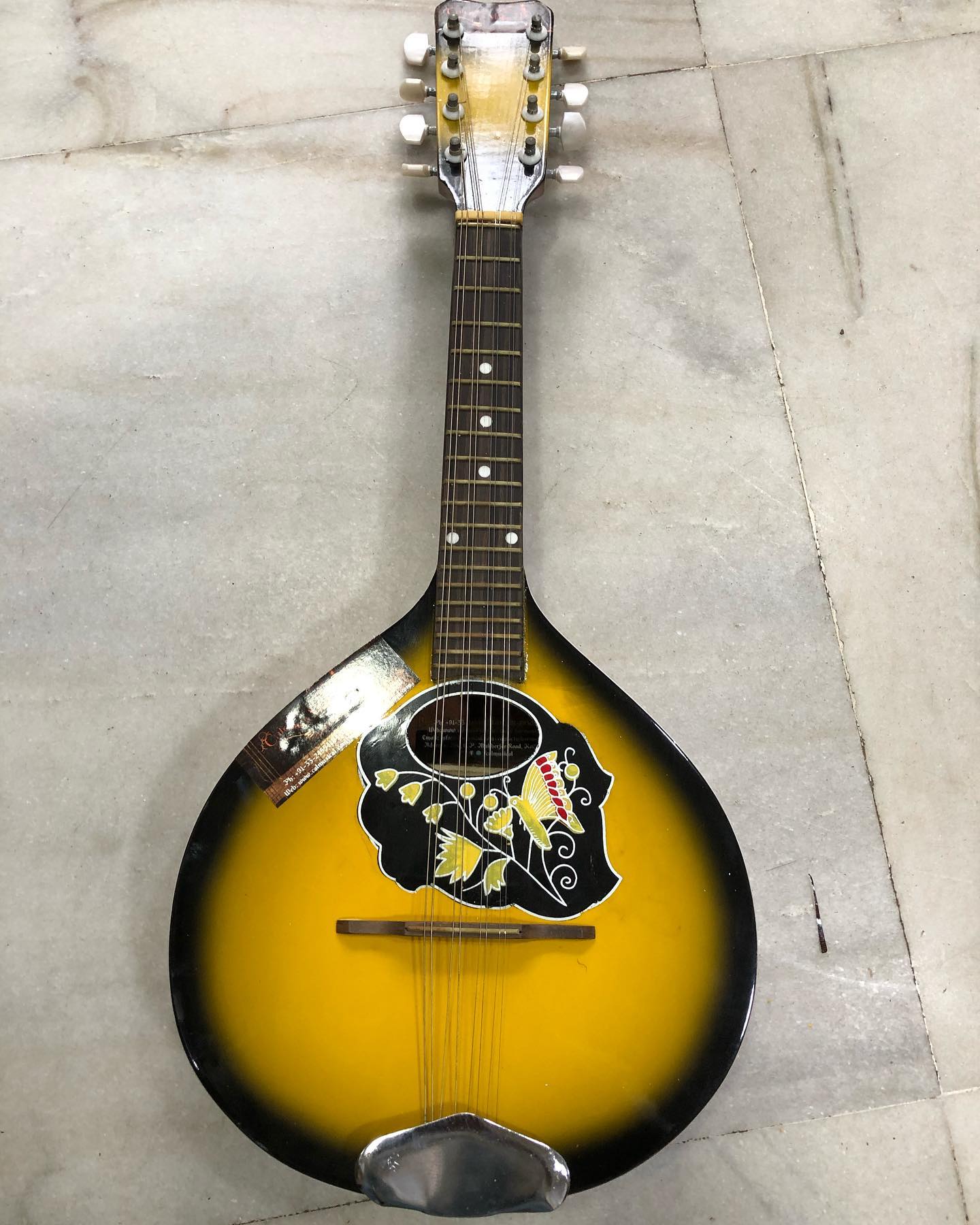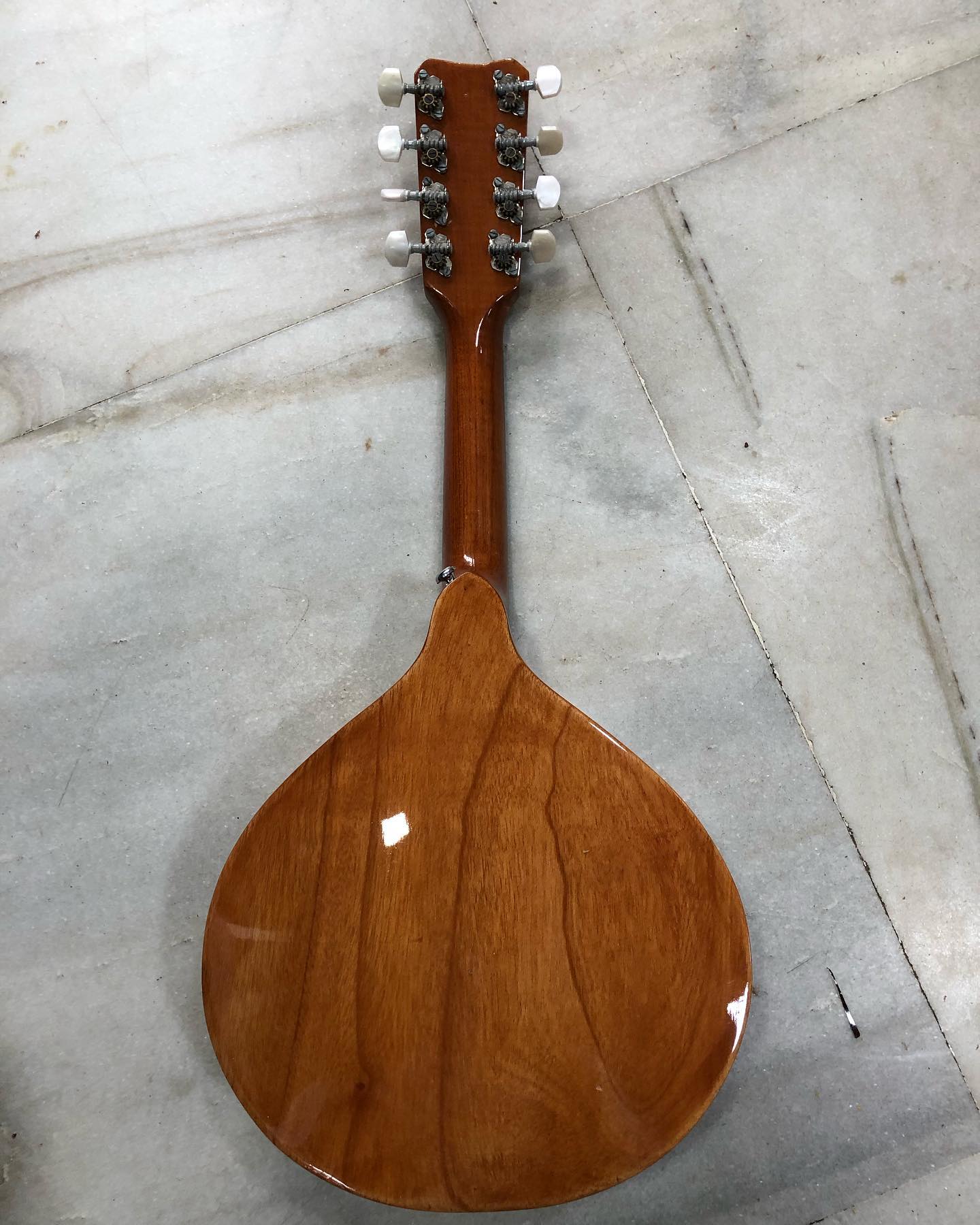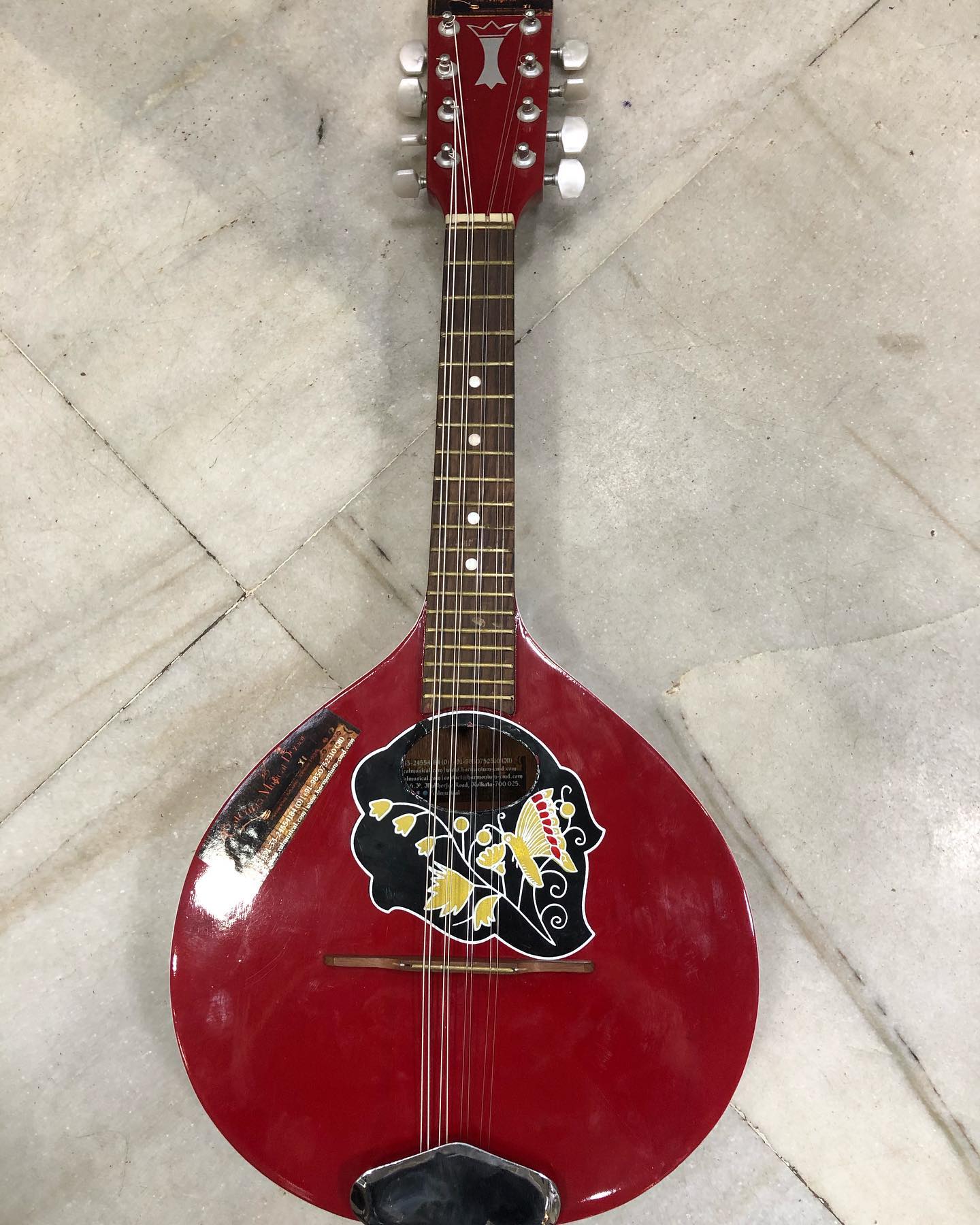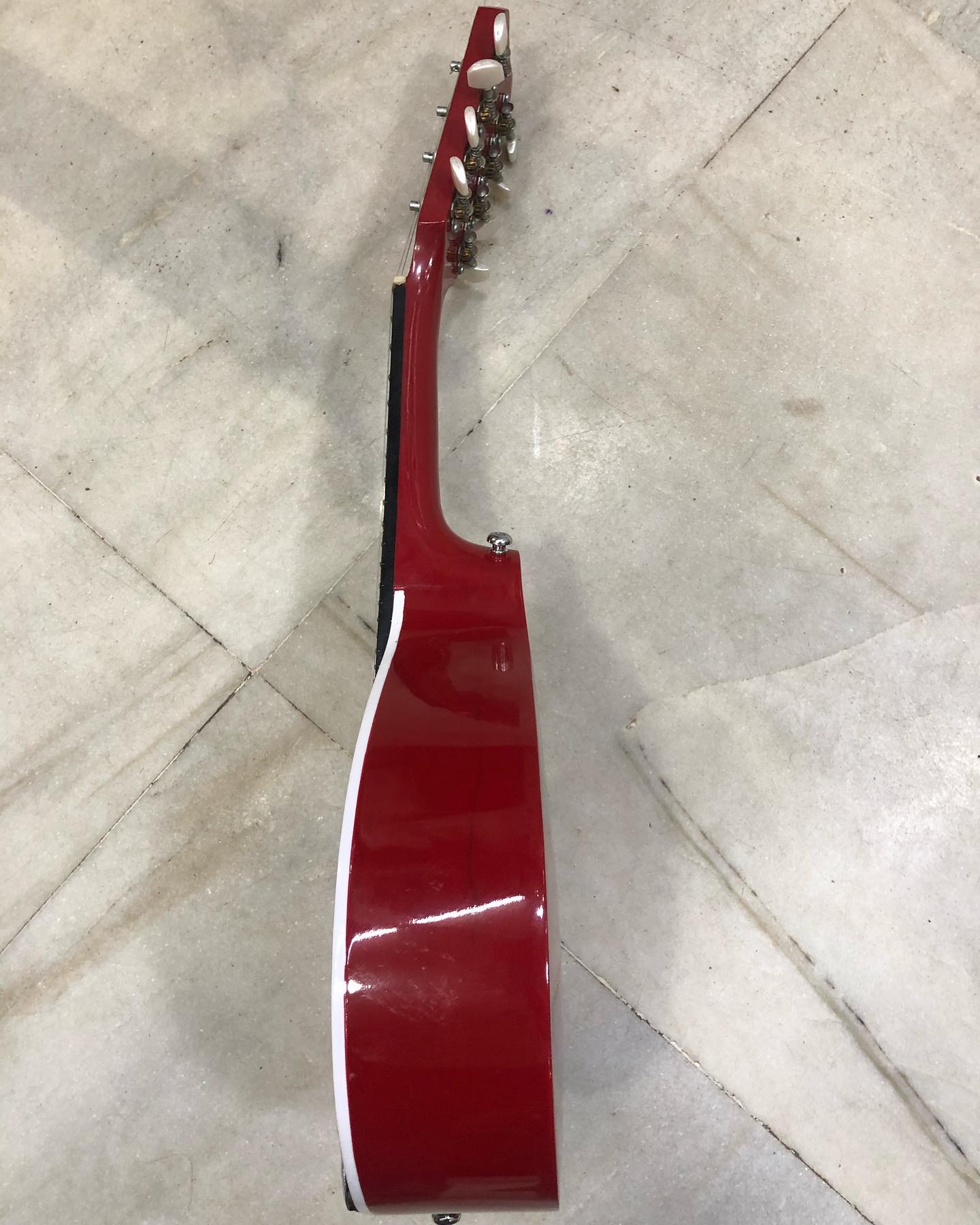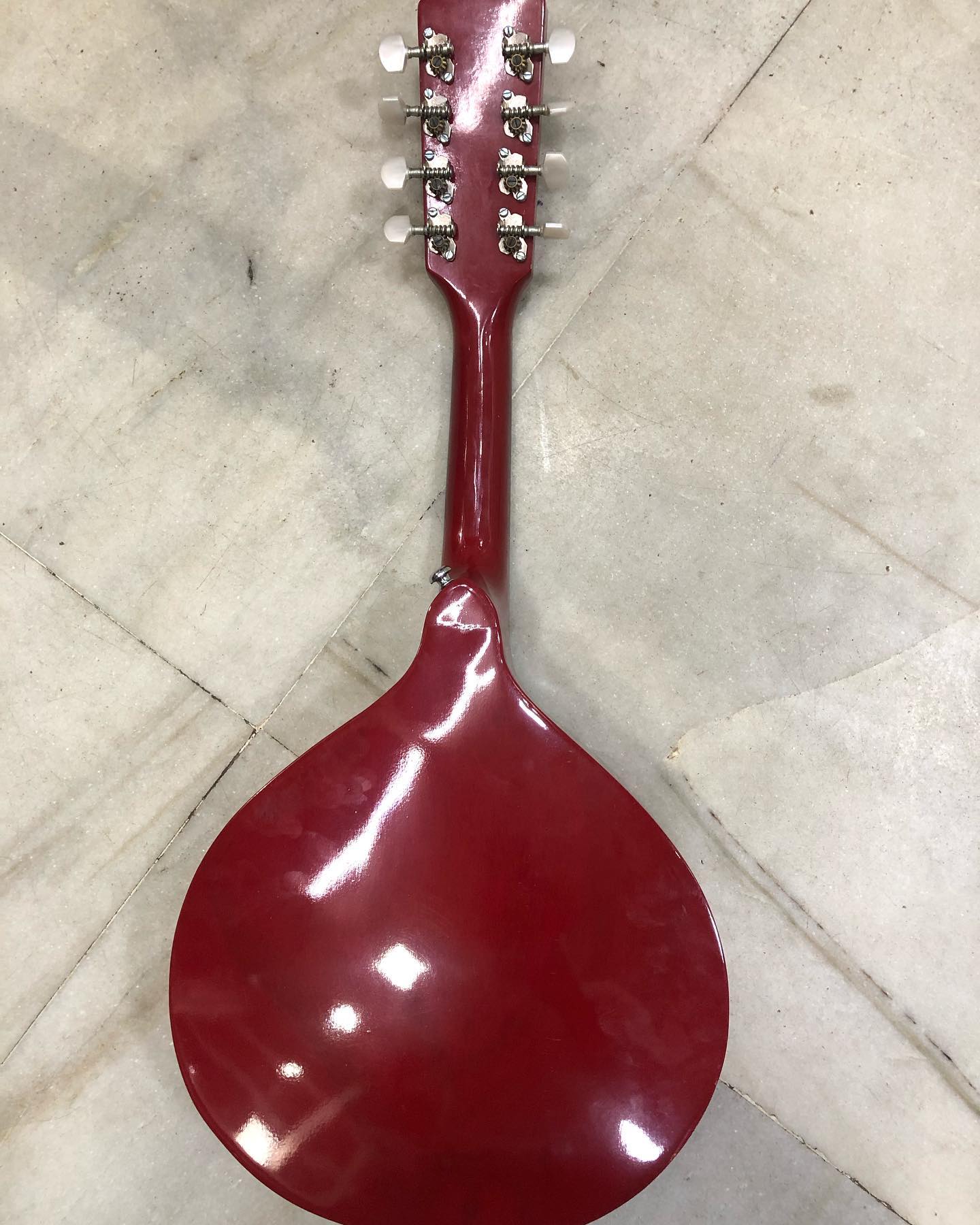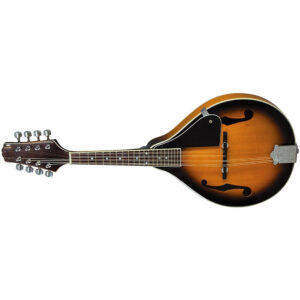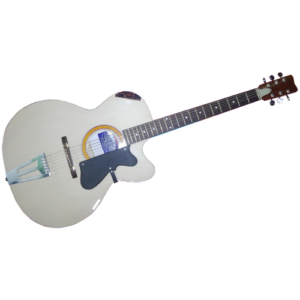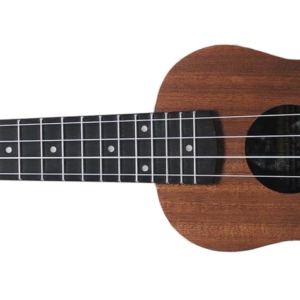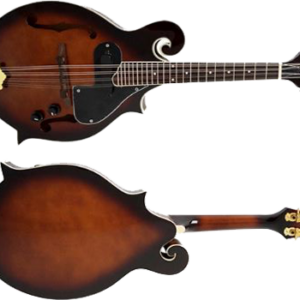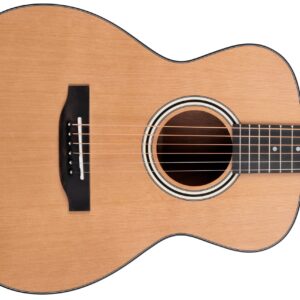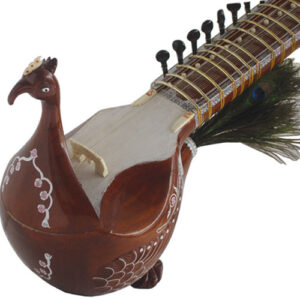Description
Mandolin- A Style Round Cut
Special Features:
Good sound quality & Machine body polish, classically tuned and small size.
Delivery Time: 10-12 Working Days after Successful Payment.
For More information SMS 2100 Name Email Country and Send to +919830066661
N.B: All prices are inclusive of Shipping (International Air Mode)/ Packing/ Tax/ Insurance. No hidden cost. Read our Terms & Conditions, Privacy Policy and Shipping Policy.
In The Box: Mandolin- A Style Round Cut, Stroker, Bag
History (Wikipedia):
From where we get Mandolin- A Style Round Cut- Small history below:
Our knowledge about the instrument is from Wikipedia. As per Wikipedia, we shared this small history to let our customers know about the instrument history. Mandolins evolved from lutes, which belong to a family of instruments in Europe. Specifically, the gittern and mandore or mandola served as predecessors in Italy during the 17th and 18th centuries. Furthermore, a variety of regional variants existed; however, the two most widespread ones were the Neapolitan mandolin and the Lombard mandolin. Consequently, the Neapolitan style spread worldwide.
In addition, a mandolin (Italian: mandolino, pronounced [mandoˈliːno]; literally “small mandola”) is a stringed musical instrument in the lute family, and musicians generally pluck it with a pick. Typically, it most commonly features four courses of doubled strings tuned in unison, thus giving a total of eight strings. Moreover, musicians use a variety of string types, with steel strings being the most common and usually the least expensive. Notably, the courses typically tune in an interval of perfect fifths, with the same tuning as a violin (G3, D4, A4, E5). Additionally, like the violin, it serves as the soprano member of a family that includes the mandola, octave mandolin, mandocello, and mandobass.
Other mandolin variations, on the other hand, primarily differ in the number of strings and include, for instance, four-string models (tuned in fifths) such as the Brescian and Cremonese; six-string types (tuned in fourths) such as the Milanese, Lombard, and Sicilian; as well as six-course instruments of 12 strings (two strings per course) such as the Genoese; and finally, the tricordia, which has four triple-string courses (12 strings total), this provides a basic history of this instrument.
